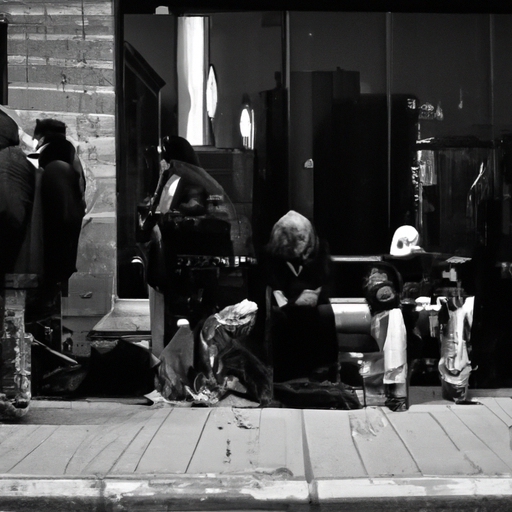Understanding the Canadian Opioid Crisis: Current Situation and Response
The growing Canadian opioid crisis has become a pressing issue, necessitating urgent attention and strategic policy-making from community and government leaders at various levels. This comprehensive investigation of the situation, its direct effects, and collective efforts to combat it are essential inputs for progressive governance.
Scope of the Opioid Crisis in Canada
The onslaught of the opioid epidemic is indisputable. This alarming health crisis, largely related to the illegal and over-prescription of opioid medications, is causing significant damage to communities across the country. The scale of the crisis is overwhelming, particularly in Ontario, which reportedly has the highest opioid mortality rate compared to other provinces.
A concerning facet of this crisis is its significant contribution to the increase in homelessness and crime rates, particularly in Ontario. As addiction spirals out of control, many individuals lose their homes, creating a vicious cycle of homelessness and addiction. Moreover, the associated rise in crime rates presents a threat to local safety and community stability.
Key Effects of the Canadian Opioid Crisis
- Increase in homeless population: The opioid crisis has directly contributed to an increase in the homeless population, as individuals struggling with addiction often lose housing stability. Ontario, which is experiencing the most severe opioid crisis, is also grappling with higher levels of homelessness.
- Rise in crime rates: Linked to the growing issue of drug addiction, municipalities and cities are witnessing an uptick in crime rates, ranging from petty theft to violent offences.
Response to the Canadian Opioid Crisis
A multifaceted approach is being employed to address this menace, which incorporates both emergency interventions and preventive strategies. As part of the emergency response, naloxone, an opioid-overdose reversal drug, has been widely distributed to first responders, community organizations, and even directly to those struggling with addiction.
In a broad-based legal move against opioid manufacturers, the government has launched an opioid class action lawsuit seeking billions from pharmaceutical companies for their alleged roles in fuelling the crisis. This Canadian opioid abatement class action is the first of its kind in the country and may set a strong precedent for holding manufacturers accountable while recouping some of the public costs of this crisis.
Navigating the Legal Terrain: Canadian Opioid Abatement Class Action
This legal suit holds the potential to transform the landscape of accountability and responsibility surrounding pharmaceutical companies and opioid distribution. The class action seeks to recover costs from over two dozen companies involved in the manufacturing, distribution, and wholesale of opioids across Canada. Critical to this lawsuit’s success is the precept that the manufacturers should have known about and acted upon the risks associated with these powerful narcotics.
Key Responses to the Opioid Crisis in Canada
- Broad-based distribution of naloxone: First responders and communities are being equipped with naloxone, a life-saving medication that can reverse an opioid overdose if administered swiftly.
- Pharmaceutical liability through class action: The pivotal Canadian opioid abatement class action hopes to assign responsibility to manufacturers for their role in the crisis and recover the enormous public costs invested in managing the problem.
Moving Forward: Collective Efforts to Combat the Opioid Crisis
While the distribution of naloxone and the pursuit of legal action against opioid manufacturers are significant steps, it is essential to acknowledge that the opioid crisis is a complex issue that demands comprehensive and multi-layered interventions. This epidemic brings to light the intersection of health, social well-being, and economic stability, underlining the need for innovative solutions that address these diverse areas.
In Conclusion
The Canadian opioid crisis is a crucial area requiring immediate attention, collective effort, and strategic policy implementation. The broad effects of opioids on homelessness and crime rates, along with the current responses including the distribution of naloxone and opioid class actions are steps in the right direction. However, they must be accompanied by robust prevention strategies, improved health resources, and better social supports. Navigating this crisis effectively will require ongoing commitment, diverse stakeholder engagement, and a deeper understanding of the social, economic, and health aspects intertwined within this complex problem.
